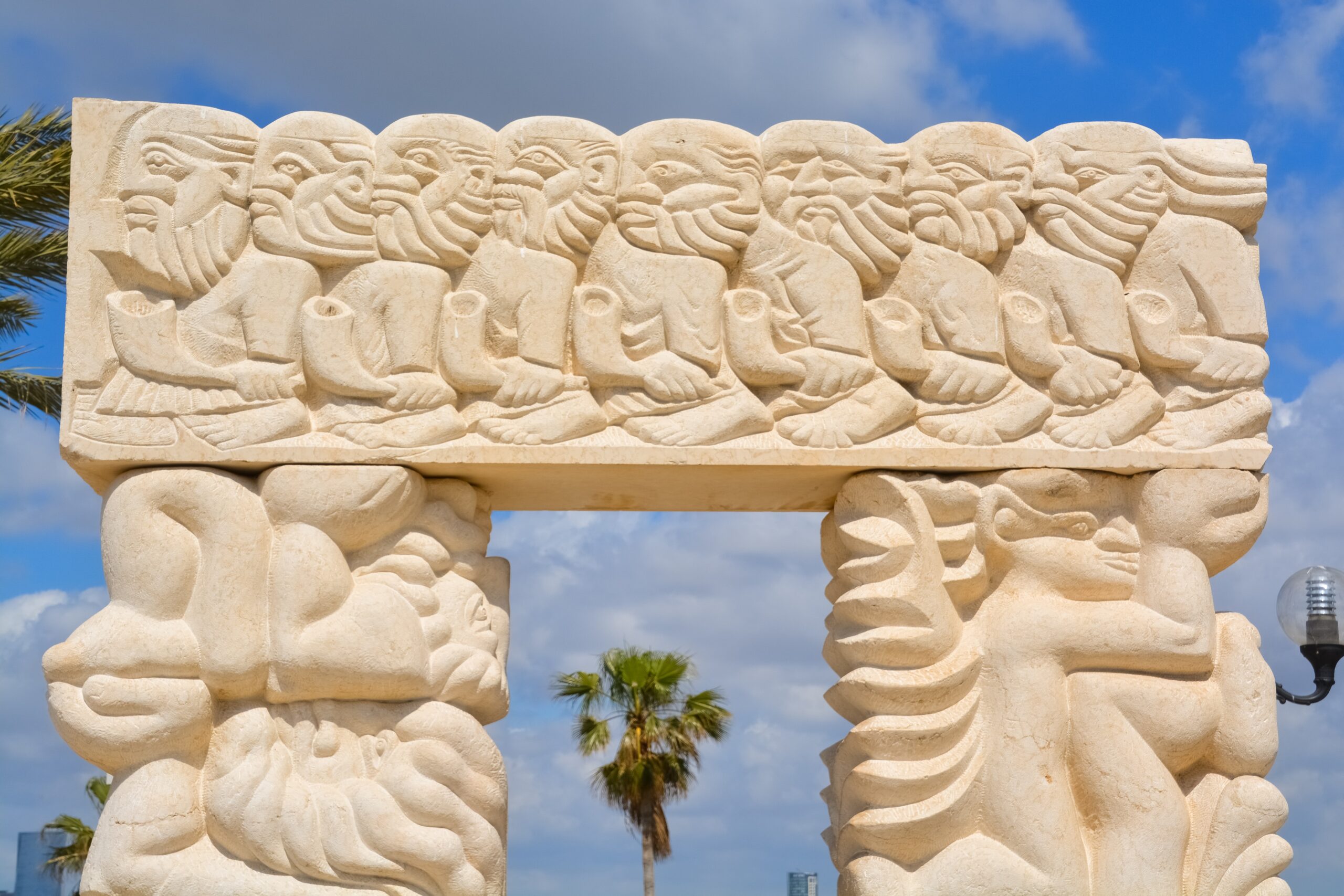

Sumerian Sexagesimal System and Time Invention
Signs of the Sexagesimal System in use in Ancient Sumeria appear approximately 4500 years ago. Located in what is known today as Northern Iraq, the ancient civilization’s adoption of the system, using Base 60, is thought to have originated with the number 12. That’s the number of joints on the fingers of each hand, including the thumb. Each hand would thus constitute 60 points on which to count.
This technique of counting on the joints of each hand, was not unique to Sumeria, as similar counting systems existed in what is now modern-day India, Pakistan, Afghanistan, Turkey, Iran, Syria, and Egypt.1
However, what was the reasoning behind this choice? After all, base-60 is an awfully large number to select as the base of a counting system. Clues are found in our modern counting system which divides different levels of time into sixty units. Sure enough, this also originated in ancient Sumer. In this article, we shall explore why this counting system was chosen in the Ancient Sumerian Civilization and what connection it has with the invention of time.
Origins of the Sexagesimal System
According to Georges Ifrah, 20th Century French Mathematician, the sexagesimal system originated as an alternative to the duodecimal system, which was common in Asia at the time.2 The Babylonians adopted the sexagesimal system from the Sumerians and used it to implement their version of a calendar, which very closely mirrors the Gregorian Calendar in use today. In Babylonian astronomy, a year was deemed to be 360 days long, divided into 12 months of 30 days each. This has been proposed to be the reason for adopting the sexagesimal system by German Mathematics Historian Moritz Cantor.3
Babylonian mathematics also made use of the sexagesimal system when they divided the circle in to 360 degrees. Even today, modern mathematics uses base-60 when it comes to dividing hours in to minutes
and minutes into seconds.4
Theon of Alexandria
Greek astronomer and mathematician, Theon of Alexandria theorized that the ancient sexagesimal system was chosen for its maximized divisibility. Unlike the decimal or duodecimal system, base-60 is
- https://books.google.com.pk/books?id=xlzCWmXguwsC&pg=PA92&lpg=PA92&redir_esc=y#v=onepage&q&f=false
- Ibid
- https://mathshistory.st-andrews.ac.uk/Biographies/Cantor_Moritz/
- https://www.nytimes.com/2013/07/09/science/60-behind-every-second-millenniums-of-history.html
wholly divisible by 1, 2, 3, 4, and 5. It was also the smallest number to have that quality.5 60 can also be divided by the numbers 6, 10, 12, 15, 20, and 30 without any remainders. This appears to be too scholarly of a reason for the choice. 12 seems like a much better choice of number for the base of a counting system. However, no major civilization until that time had come up with that base. While several measures did involve 12, it only served as a sub division instead of a common base. In future measures and weights, 12 is ever present, such as 12 inches in a foot or 12 pennies in a shilling.
Otto Neugebauer
Austrian Mathematician Otto Neugebauer theorized that Sumerians chose the sexagesimal system due to the weights and measures they used.6 He theorizes that an original decimal counting system was modified in order to allow for dividing weights and measures into thirds instead. This lines up with the modern knowledge about Ancient Sumerian weights and measures and addition of fractions such as 1/3 and 2/3. While Neugebauer may have been correct, the case could just as easily be the reverse. The sexagesimal system could’ve been a precursor to the weights and measures system.
Other Theories
- Base-60 was once proposed to be the product of the number of moons per year (12) with the number of planets yet discovered by the Babylonians (Mercury, Venus, Mars, Jupiter, and Saturn).
- The sun moved through its diameter 720 times during the day. The Sumerians were thought to be using their 12-hour a day system to divide the two to come up with base-60.
- Sumerians considered the equilateral triangle as a fundamental geometrical building block. Each angle
within an equilateral triangle is known to be 60 degrees. Dividing that into 10 would give 6 degrees. If these were considered single units, 60 of these units would make up an entire circle. This argument assumes 10 as the base for division, so this is also discredited.
Sexagesimal System and the Invention of Time in Sumeria
The Sumerian Civilization has been credited with the invention of shadow clocks and obelisks to measure time. The sexagesimal system fits into the division of an hour into sixty minutes and a minute into sixty seconds quite neatly. However, it also fits neatly into the division of a circle into sixty parts.
Since the shadow clocks and obelisks depended on the division of a circle to divide a day into equal parts, the two are inextricably linked. While water powered clocks and mechanical clocks were invented by the 3rd century BC, the ancient Sumerians invented a very dependable way of measuring time in the 2nd Millennium BC.
Conclusion
While no conclusive evidence can be provided for the exact reason that the ancient Sumerians chose
base-60 as their default counting system, it can be inferred that its practicality in mapping time and
measuring different weights is extremely useful.
- https://mathshistory.st-andrews.ac.uk/Biographies/Theon/
- https://mathshistory.st-andrews.ac.uk/Biographies/Neugebauer/
- https://medium.com/bemoreootsuk/the-invention-of-the-clock-b97dbfaa3c90
The adoption of the bae-60 counting system by the Babylonians soon after as well as the continued use of such things as the division of minutes and seconds into sixty equal parts, as well as the division of a circle into 360 equal parts serves as proof that the ancient Sumerians were sound in their choice of the sexagesimal system.
The very fact that the shape of a circle, and the traditional analogue clock as well as the division of minutes and seconds into sixty parts are all correlated lends credibility to the choice. While there is little evidence to suggest the exact reason that the sexagesimal system was chosen, logic surely supports it, as does its lengthy endurance. KBS





